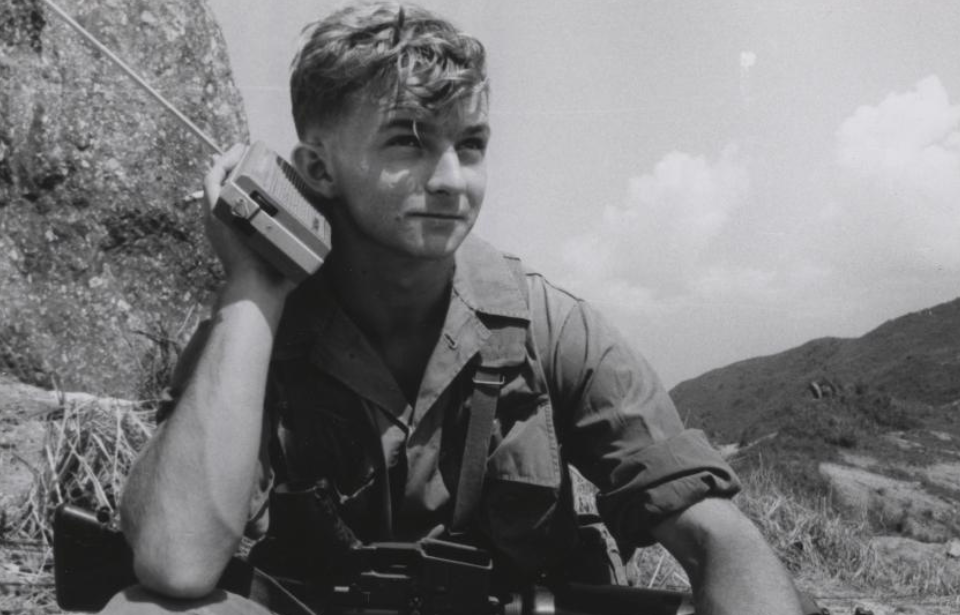Mention the “Armed Forces Network” to most veterans or military families who served overseas and you’re sure to get a reaction. Say it to a Vietnam veteran and they’ll more than likely light up a little bit. That’s because, to those who served in Vietnam, “AFN” brings back memories of hearing – and if they were lucky – seeing a slice of home when they were so young, so far away and often in danger daily.
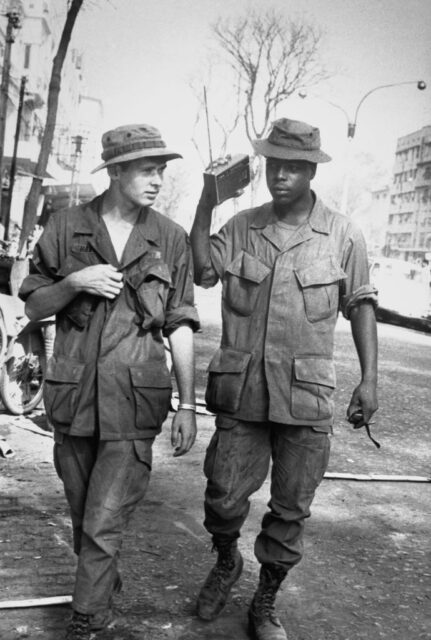
Going back to the Second World War, the idea of bringing morale-bolstering entertainment, especially the top music of the day, to the millions of citizen soldiers, sailors, Marines, airmen and Coast Guardsmen engaged in combat across the world was a priority, right along with beans and bullets. Portable radio studios staffed by military personnel followed the combat troops to every front.
This carried over into the post-war occupations of Germany and Japan, through the early Cold War and when things went hot in Korea during the early 1950s.
Around the time US military involvement in Vietnam cranked up in the early 1960s, the transistor radio was changing how the American public listened to music and sports, and how they got their news. Radios no bigger than a shoebox could be found in every kitchen and garage, as well as offices and shops. Smaller battery-powered radios that could carried in the palm of one’s hand became the smartphones of the early 1960s.
Now, even GIs in frontline areas could tune in anywhere there was a signal.
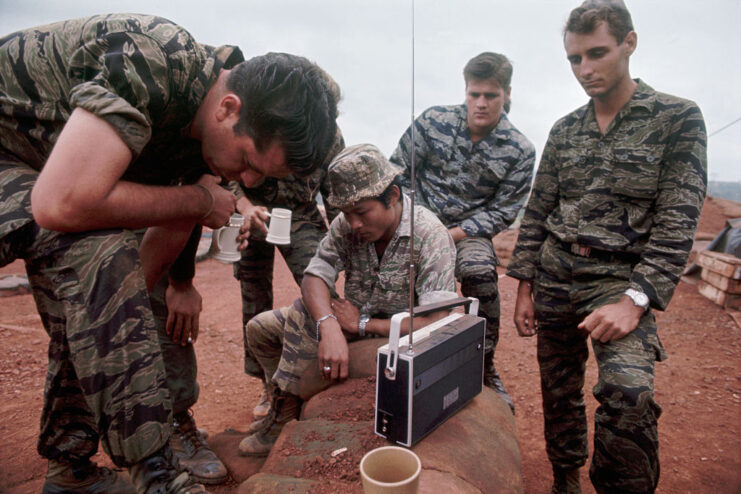
That signal was provided across Vietnam and the surrounding waters by the military personnel and civilian staff of the American Forces Vietnam Network – or AFVN. When US Air Force DJ Adrian Cronauer belted out his signature “Good morning, Vietnam,” it was over the airwaves of the network.
Despite the extremely popular and phenomenally successful movie, Good Morning, Vietnam! (1987), not much had been widely written or produced about AFVN. That situation has now been rectified with the publication of Hot Mics and TV Lights by Marc Phillip Yablonka, with Rick Fredericksen.
Yablonka is the author of an outstanding previous work, Vietnam Bao Chi, which documents the individual stories of service members working as military correspondents and combat cameramen in Vietnam, including famed actor and film consultant, Dale Dye, and The 13th Valley author, John Del Vecchio.
Like Yablonka’s previous book, Hot Mics and TV Lights tells the individual stories of more than 30 military on-air personalities, including Cronauer and a young US Army enlisted man by the name of Pat Sajak. The stories of these individuals span the arc of AFVN’s existence, from its beginnings in the early 1960s as a station set up in a Saigon hotel supply closet to the last broadcast as American troops departed Vietnam in 1975.
During that time, radio studios spread out across the theater, and a fleet of large transport aircraft were converted to flying television studios to broadcast all over South Vietnam until adequate TV broadcast facilities could be constructed.
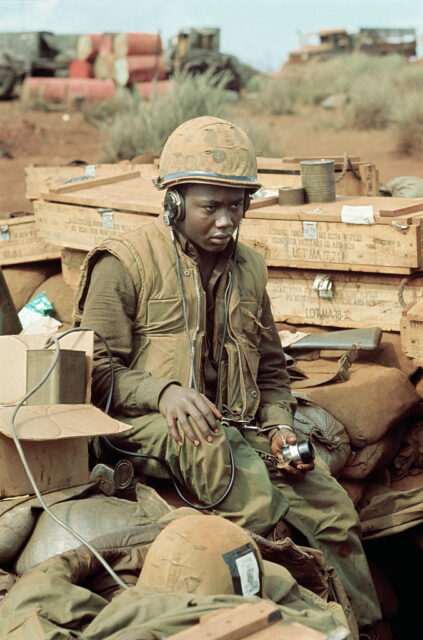
In addition to the long hours of broadcasting (seven days a week and practically around the clock), the often-isolated AFVN GIs endured frequent “hit and run” attacks on American installations by the Viet Cong and the North Vietnamese Army (NVA). In fact, the outsized AFVN broadcast antennas made ideal rocket or mortar aiming points for the enemy.
In addition to the injuries and occasional deaths of AFVN service members, during the Tet Offensive, three AFVN personnel were killed (one of them during the siege) and five were captured. The remaining five were liberated with other American prisoners of war (POWs) five years later, in 1973.
Several other chapters of Hot Mics and TV Lights are devoted to some unusual occurrences and personalities that made it onto AFVN’s airwaves.
AFVN broadcasters weren’t immune to the social upheaval and growing opposition to the war faced by those serving in Vietnam from 1967 onward. The book takes on the issue of news and musical censorship and details how they addressed it. Here’s a three-word hint: pirate radio station.
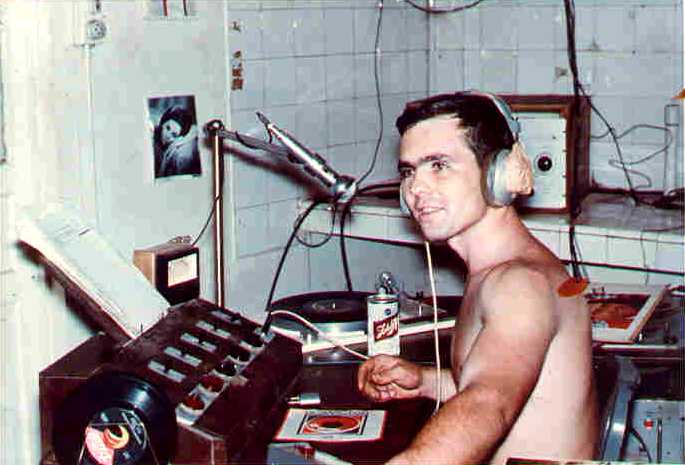
More from us: US Navy SEAL Solomon Atkinson Embodied the Spirit of Dedicated Military Service
Hot Mics and TV Lights will be of great interest to Vietnam veterans, as well as those interested in the war and the history of US Armed Forces media and entertainment.
Written by Terry Lloyd of Orlando, Florida.
